Culture methods and matters needing attention of Cymbidium
Cultivation skills of Cymbidium
Use water
In hydroponic cultivation, tap water cannot be directly used, but "trapped" water must be used. the so-called "trapped" water is to put tap water in a container and bask in the sun for 3-5 days to precipitate chlorides such as bleach that are harmful to the roots of magnolia.
Watering
This kind of flower is more resistant to drought. However, drought-tolerant flowers should not be seriously short of water, and do not forget to water them in time, but too much watering will rot their roots. So you have to master it.
Light
This flower does not require high light, as long as the temperature is suitable, it does not matter if the light time is longer or shorter. Although good lighting can ensure the bright color of the gentleman orchid, it still likes a slightly weaker light, so be sure to avoid strong light.
Pour the basin
When the gentleman orchid grows up, he needs to change a big basin, that is, "pour the basin and change the soil".
Avoid summer heat
At the height of summer, the temperature is often above 30 ℃, which is extremely disadvantageous to the growth of Magnolia. For this reason, it is commonly used to set up a shed to cool down.
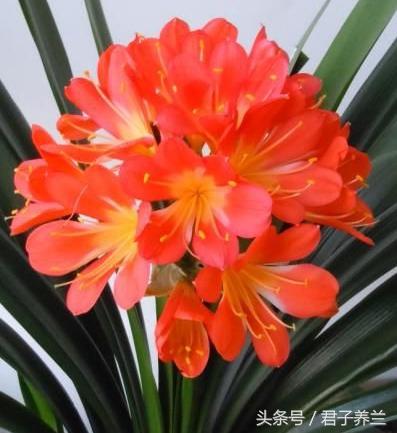
1. Watering: Cymbidium has well-developed fleshy roots, and there is a certain amount of water stored in the roots, so this kind of flower is more drought-tolerant. However, drought-tolerant flowers should not be seriously short of water, especially in the case of high temperature in summer and dry air, do not forget to water in time, otherwise, the roots and leaves of flowers will be damaged, resulting in the germination of new leaves, and the original leaves are estimated to be scorched, not only affect flowering, but even cause plant death. However, too much watering will rot the roots. Therefore, it is necessary to have a good grasp and always pay attention to the dry and wet condition of the basin soil. if it is semi-dry, it should be watered once, but the amount of water should not be much. It is just right to keep the basin soil moist and not damp. 2. Soil: Magnolia is suitable to use humus-rich soil, which has good air permeability, good permeability, fertile soil and slightly acidic (pH6.5). It must be mastered flexibly according to a variety of specific circumstances. For example, it should be watered more on sunny days, less on cloudy days, every few days on consecutive cloudy days, and not on rainy days. About 20% sand grains are infiltrated into humus soil, which is beneficial to root maintenance. The pot used in cultivation increases gradually with the growth of the plant, and the 3-inch pot is suitable for the cultivation of one-year-old seedlings. Change 5-inch pots in the second year, and then change into larger flowerpots every 1-2 years, which can be carried out in spring and autumn. So, how many days should it be watered? Under normal circumstances, it is watered once a day in spring; in summer, the leaf surface and the surrounding ground can be watered with a fine spray kettle, twice a day in sunny days, once every other day in autumn, once every other day in winter, and once a week or less in winter. But it must be noted that this refers to the "general situation".
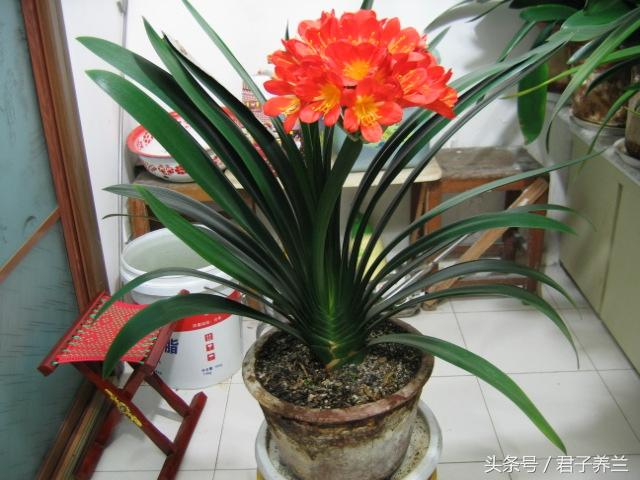
The gentleman orchid should use loose and fertile neutral or weakly acidic humus soil, and the cultivation soil can be mixed with 65% humus soil, 20% net sand and 15% fine furnace ash. The relative humidity of the soil should be about 40%. If the soil is hardened and the drainage is not smooth, it will lead to rotting roots. The original place of the orchid is under the trees of the high-altitude forests of southern Africa, and its roots are rooted in the decaying leaves accumulated over the years. When changing soil in spring, it is best to buy special soil for planting. The special soil of Cymbidium is rotten leaf soil, which is very suitable for the growth of Cymbidium. The magnolia should be applied once in winter with solid fertilizer, less nitrogen fertilizer, more phosphate fertilizer and potash fertilizer. Eggshell powder and retting fish water is a good phosphate fertilizer, bran ash and soot are easily available potash.
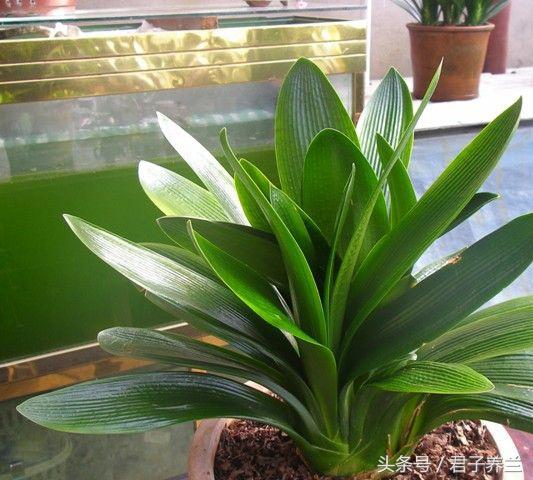
Watering should be controlled when the room temperature is low to prevent the basin soil from being too wet, which will cause the rotten roots of the plant to die, but it can not make the basin soil too dry. Nitrogen, phosphorus and potassium compound fertilizer can also be applied to promote the germination of more new plants and leaves. The soil should not be too dry or too wet. Every time it is watered, it must be thoroughly watered, and some more should be watered after budding. Every 20 days or so, combine watering with fermented bean cake water, fresh fish water and horseshoe water to combine watering and fertilization. Fertilization must be appropriate, do not apply thick fertilizer and unfermented raw fertilizer, otherwise, it is easy to cause leaf tip scorch or rot. In winter, if the new leaves are spotted and the roots are yellow, it means that there is too much fertilization, while the narrow, thin and light color of the new leaves is a sign of lack of fertilizer. 4 heat preservation: the suitable temperature for the growth of Cymbidium in winter is 15 ℃ 20 min, it is best not to be low.
- Prev
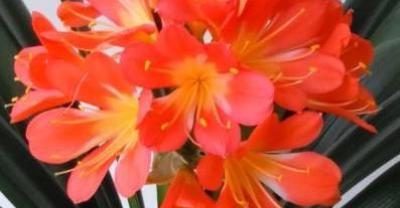
Culture methods and matters needing attention of cinnabar root
Cinnabar root is a variety of purple Taurus, distributed in the middle and lower reaches of the Yangtze River, South China, Taiwan, Japan, Ryukyu and Java of Chinese mainland.
- Next
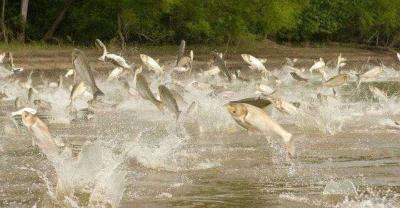
Flower eel culture technology: flower eel artificial culture, flower eel how much a jin is not to protect animals?
Practical techniques for still water culture of Anguilla Anguilla 1 Water quality regulation of Anguilla has higher requirements for water quality. The pond should be disinfected before breeding, generally used.
Related
- On the eggshell is a badge full of pride. British Poultry Egg Market and Consumer observation
- British study: 72% of Britons are willing to buy native eggs raised by insects
- Guidelines for friendly egg production revised the increase of space in chicken sheds can not be forced to change feathers and lay eggs.
- Risk of delay in customs clearance Australia suspends lobster exports to China
- Pig semen-the Vector of virus Transmission (4)
- Pig semen-the Vector of virus Transmission (3)
- Five common causes of difficult control of classical swine fever in clinic and their countermeasures
- Foot-and-mouth disease is the most effective way to prevent it!
- PED is the number one killer of piglets and has to be guarded against in autumn and winter.
- What is "yellow fat pig"? Have you ever heard the pig collector talk about "yellow fat pig"?

